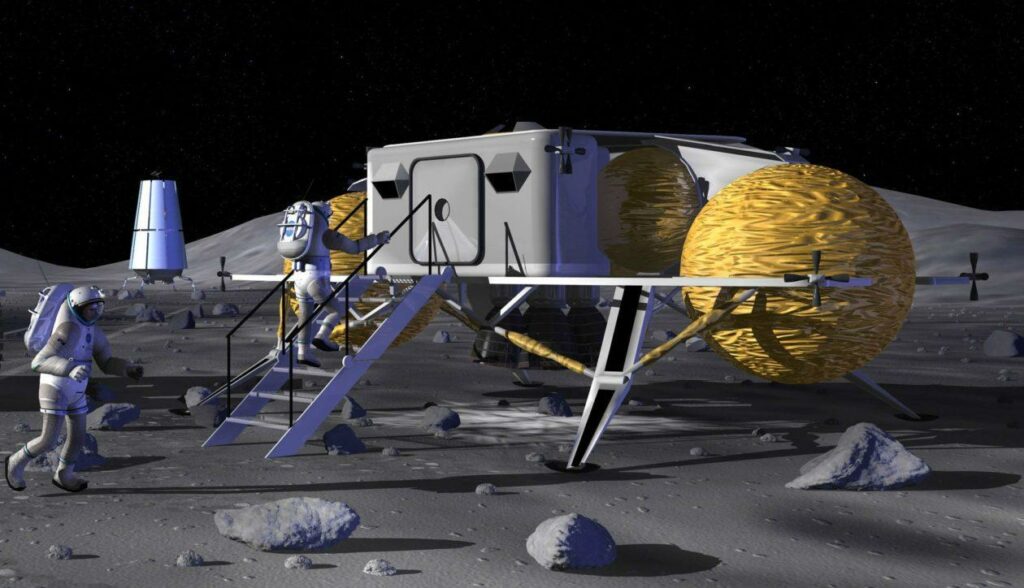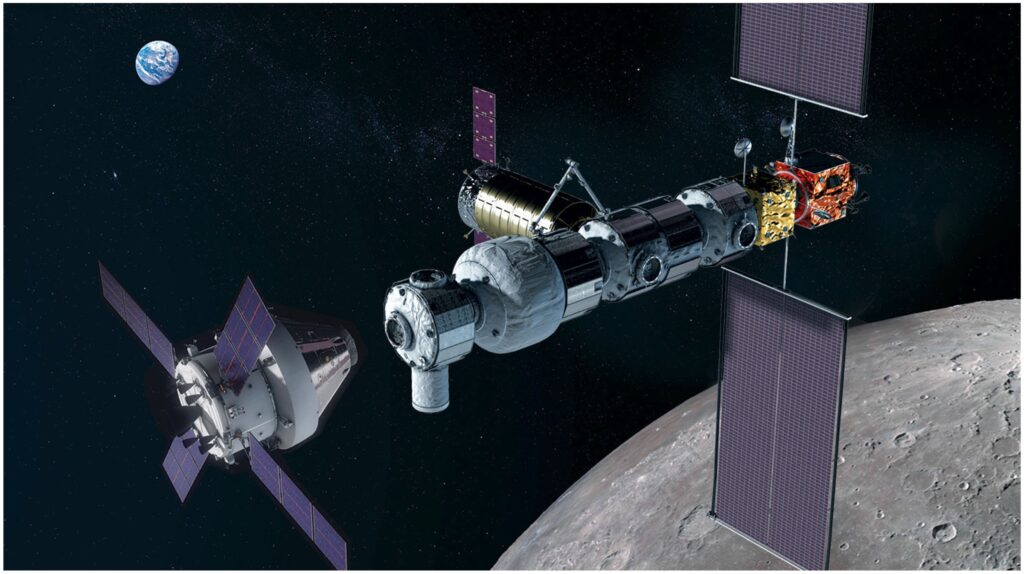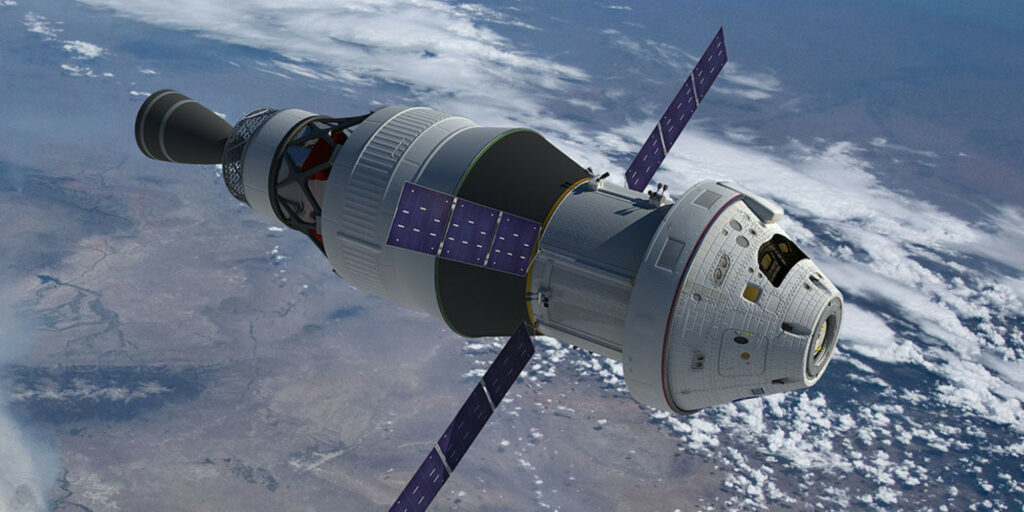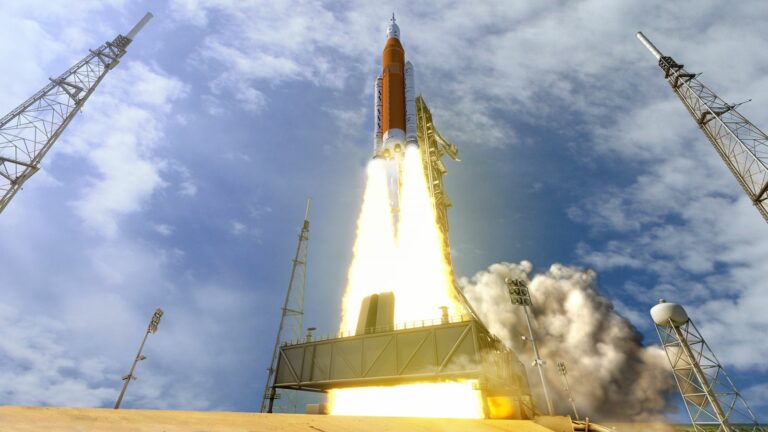NASA to launch the next generation of manned space exploration with Artemis 1
Article by Kieran Burt.
A large part of science fiction finds authors and audiences alike looking to the stars, dreaming of the day where humanity can explore space in our world. That’s what NASA was created for, and on Monday it will take the next step in making that dream a reality. More than 60 years since the start of the first Apollo missions, NASA is launching the next generation of space and lunar exploration.
On Monday 29 August, NASA will launch the Space Launch System (SLS), and the capsule Orion, from the Kennedy Space Centre in Florida. The purpose of the launch is simply a test flight, meaning that the capsule will be unmanned. The flight will see the checking of all systems aboard the rocket and the capsule, with the hopes of a crewed mission in 2024 and a moon landing in 2025.

NASA’s goal with the Artemis program is to establish a permanent base on the moon at the lunar South Pole, to develop operational practices and develop technologies to go onto Mars and beyond. This will be achieved with the aid of a new, permanent space station orbiting the moon, the Gateway space station. This station will be able to adjust its orbit to access all areas of the moon, something that the previous Apollo missions couldn’t do.

However, the station is still currently on Earth. NASA expects to launch this station in November 2023. The station will be modular in nature, meaning that extra components can be added when additional missions and partnerships develop.
Both Orion and the SLS have been in development for over a decade, and cost more than $20 billion each. SLS is the most powerful rocket to launch from the Florida launchpad. Sitting at 36 storeys high, SLS is capable of providing 39.1 meganewtons of thrust upon launch. This is close to 15% more thrust of Saturn V, the rocket that took the Apollo missions into space.
The Orion capsule has been into space before, on a test flight in 2014. The rocket that was used in that flight was on an existing commercial rocket. This test flight will be the first time that the full hardware to be used in future Artemis missions can be fully checked. The capsule can carry up to four crewmembers, which is an improvement over the three that the capsule in the Apollo missions could carry.

The mission will take 42 days to complete. Once Orion and the upper stage of the rocket detach from the boosters and the last abort system, it will complete one lap around Earth, taking 90 minutes, while mission control checks that all systems are running as expected.
After these checks, Orion will detach from the upper stage and speed towards the moon, taking three days to get there. For this test flight, Orion will collect data on deep space radiation levels while it orbits the moon, only 60 miles away from its surface. Orion will speed past the dark side of the moon, breaking the max distance from Earth record set by a human rated spacecraft.
The mission will conclude with a flight back to Earth, with touchdown expected off the coast of San Diego. Orion will take 42 total days to complete its journey, splashing down on October 10, 2022.
Future missions will see Orion link up with the Gateway space station, and transfer crew to the moon. Crews are already training for these future missions, and will put the first woman and person of colour onto the moon.
There is hope that the Gateway station will be a continuation of the international cooperation already present in space exploration, expanding on existing ventures such as the International Space Station.
Other countries are involved in the venture, with the Goonhilly Earth Station in Cornwall, England providing communication support for Artemis 1, tracking the capsule over its six-week long journey.
However, it’s also possible that this could be the first round in a new space race with China, with current tensions reducing the possibility of cooperation.




